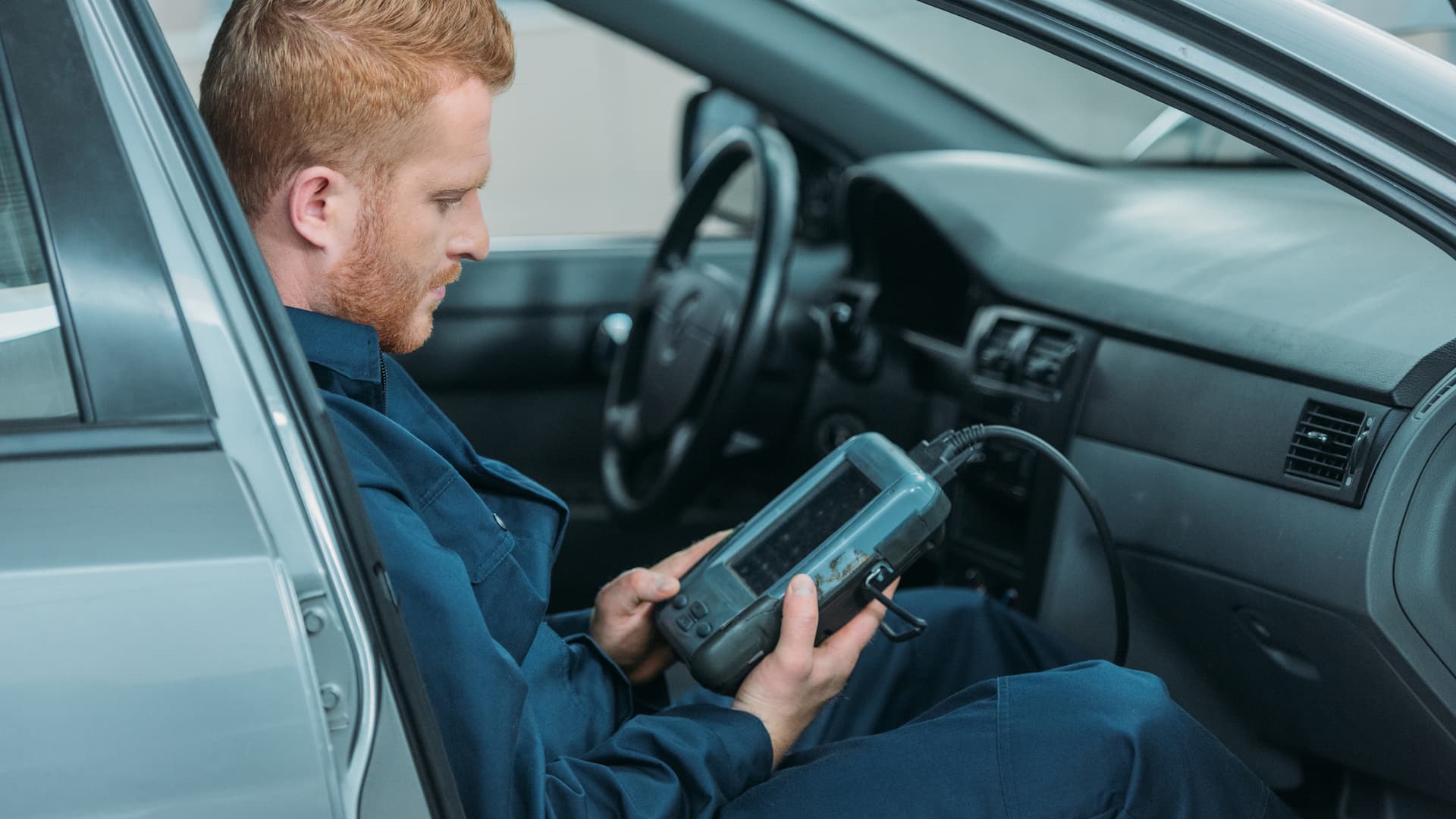What Is P06DD?
P06DD is a diagnostic trouble code (DTC) defined as “Engine Oil Pressure Control Circuit Stuck Off.”
This error code means that your vehicle’s engine oil pressure control circuit is stuck in the “off” position, preventing it from switching between low and high oil pressure modes as intended.
Why does this happen?
Modern engines often use a dual-stage oil pump controlled by a solenoid to regulate oil pressure based on engine needs. The PCM commands the solenoid on or off to switch between two typical conditions:
- Low-pressure mode regulation (solenoid ON): Used during light engine load or low speeds, approximately 200 kPa (29 psi)
- High-pressure mode regulation (solenoid OFF): Used when a higher oil pressure is required, like during acceleration, approximately 450 kPa (65 psi)
A relief valve limits the maximum oil pressure to 1000 kPa (145 psi). Your vehicle’s PCM switches between the low and high pressure mode stages based on engine operating conditions, oil temperature, coolant temperature, engine speed, and engine load.
Where is the oil pressure measured?
The oil pressure sensor unit is located at the rear of the oil filter housing or module and monitors pressure in the main oil gallery. The minimum required oil pressure under all engine operating conditions is 41 kPa (6 psi).
Now, here’s the thing:
The dual-stage oil pump is designed to operate in low-pressure mode during low-speed driving to reduce engine load and improve fuel efficiency. If the oil pump fails to transition out of low-pressure mode at higher speeds or loads, especially after extended low-speed operation, the P06DD code may be triggered.
Alternatively, if the oil pressure sensor reports low engine oil pressure when higher pressure is expected, or if there’s a problem with the oil pump, the PCM takes action. It sets the P06DD code and may disable the oil pump’s solenoid control to protect the engine from insufficient lubrication.



